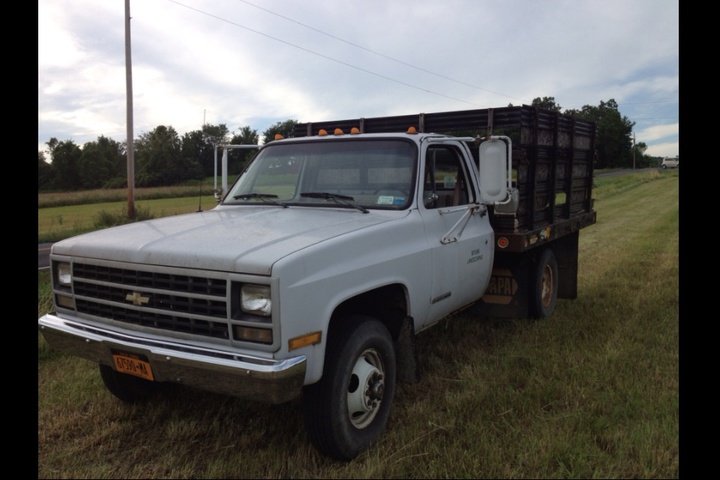My 89 Chevy 3500 rack body lost all of its break fluid, I went to drive it Monday and found I had no brakes. We could not find any broken lines anywhere so my friend thinks the master cylinder was slowly dripping. He went to break the bleeders to refill it and bleed it, I have never put rear wheel cylinders on the truck, but when I saw were the bleeders were I could not believe it, at the top of the drum about 1" away from the leaf spring stack? What chore we had getting them out, we finally made a wrench and with some heat got them out and put two new bleeders in. What a dumb location for them! Now I just have to keep an eye on the fluid until I replace the master cylinder. The truck will be sitting all winter so that job can wait. It's been a good old girl! Lol



